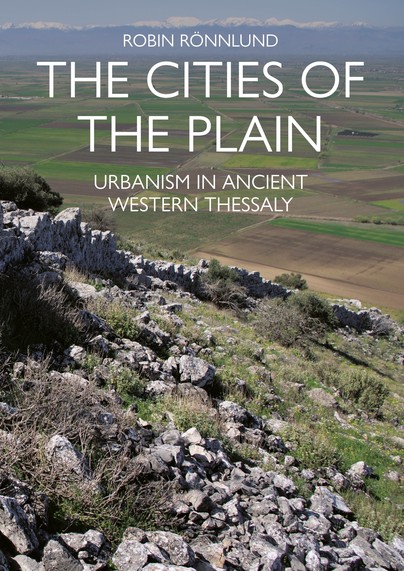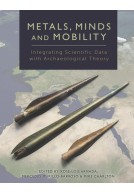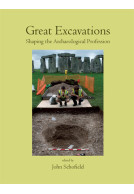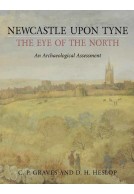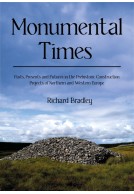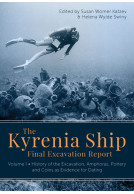The Cities of the Plain (Paperback)
Urbanism in Ancient Western Thessaly
Imprint: Oxbow Books
Pages: 192
ISBN: 9781789259926
Published: 31st July 2023
Script Academic & Professional
Pages: 192
ISBN: 9781789259926
Published: 31st July 2023
Script Academic & Professional
You'll be £42.00 closer to your next £10.00 credit when you purchase The Cities of the Plain. What's this?
+£4.99 UK Delivery or free UK delivery if order is over £40
(click here for international delivery rates)
Order within the next 3 hours, 56 minutes to get your order processed the next working day!
Need a currency converter? Check XE.com for live rates
(click here for international delivery rates)
Order within the next 3 hours, 56 minutes to get your order processed the next working day!
Need a currency converter? Check XE.com for live rates
This book explores urbanism in Antiquity from an archaeological perspective, focusing on the area of western Thessaly in central Greece. Presenting all the available evidence for ancient urban sites in the region, the study outlines and discusses the origins, development, and decline of urbanism in the area.
The archaeological evidence shows that urban sites in western Thessaly developed from the mid-4th century BCE, with at least 25 identified contemporaneous cities spread over the area. These cities appear to have been planned and organised from the onset, with regular street-grids, fortification systems and water supply works, but were generally short-lived, typically existing for only five–six generations. Most of the sites were completely or nearly completely abandoned as settlements in the early 2nd century BCE, often with evidence of violent destruction, and only a handful survived as smaller regional centres under the Roman administration. Restorations of the former urban sites and especially their fortifications occur towards the end of Antiquity, especially the first half of the 6th century CE, but re-occupation appears again to have been short lived, as only three cities survived into the Middle Ages.
From a regional perspective, the study shows that the rise and fall of urbanism itself did not necessarily cause complete socio-political disruption, but rather reflect changes in regional and supra-regional political organisation. On a global scale, the study exemplifies the political nature of the pre-Industrial city, its synthetic rather than organic role in agrarian societies, and the cyclic nature of urbanity in history.
The book contains an extensive catalogue, presenting each site with photographs, topographical sketches, and complete bibliography.
Robin Rönnlund has produced an insightful archaeological and historical overview of urbanism in a region that deserves more archaeological attention, and certainly more attempts to integrate its idiosyncrasies in more general studies on urbanism in the ancient Greek world. The book is handsomely illustrated with numerous excellent maps and photographs. There are two useful appendices consisting of catalogues of sites, with maps in the back. Every library specializing in classical studies of the Mediterranean should acquire this study.
Opuscula - November 2024
"[T]he book is a step forward in researching early historic society in a neglected region, and should stimulate more detailed research on the ground"
Current World Archaeology
Other titles in Oxbow Books...







